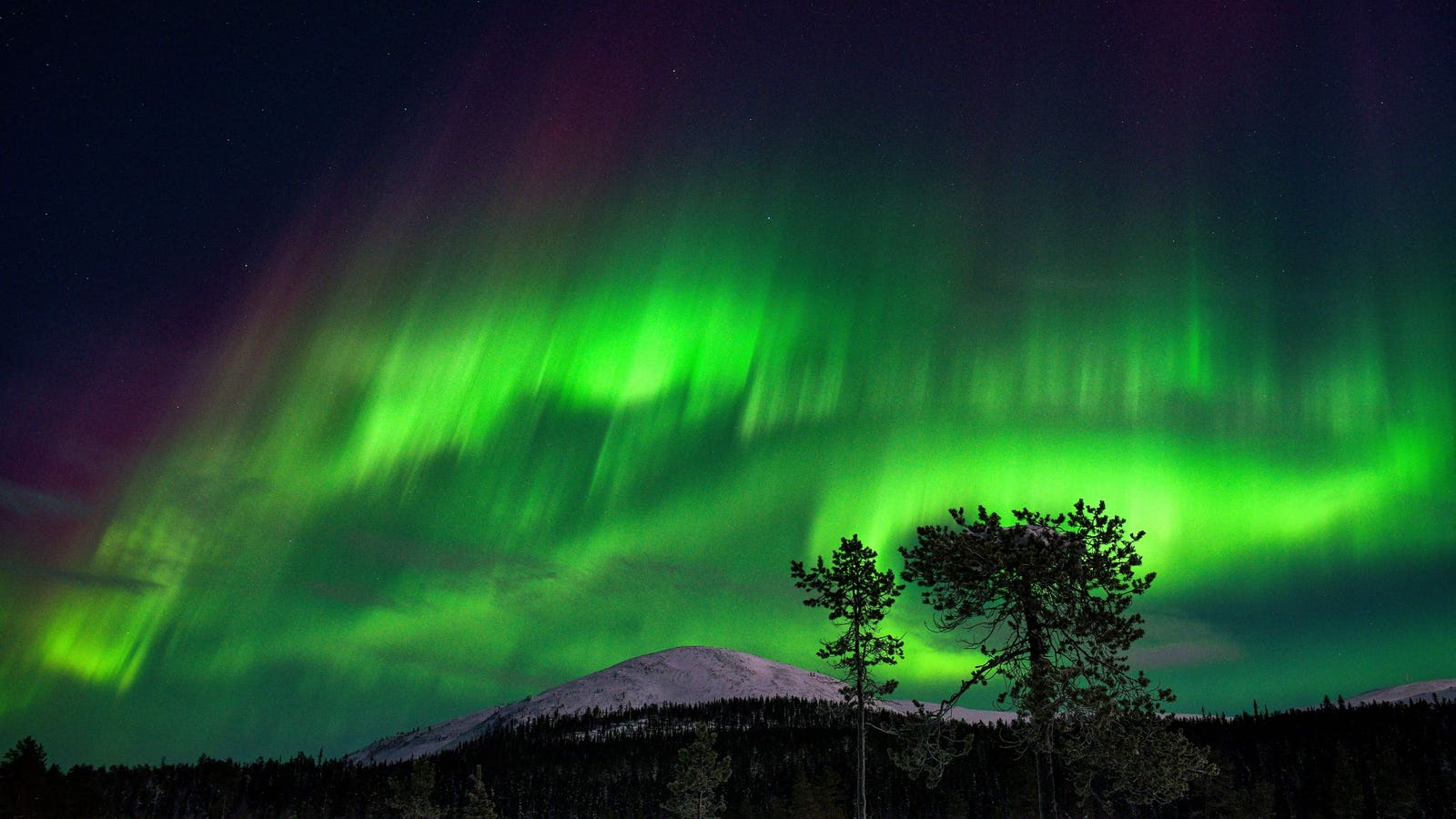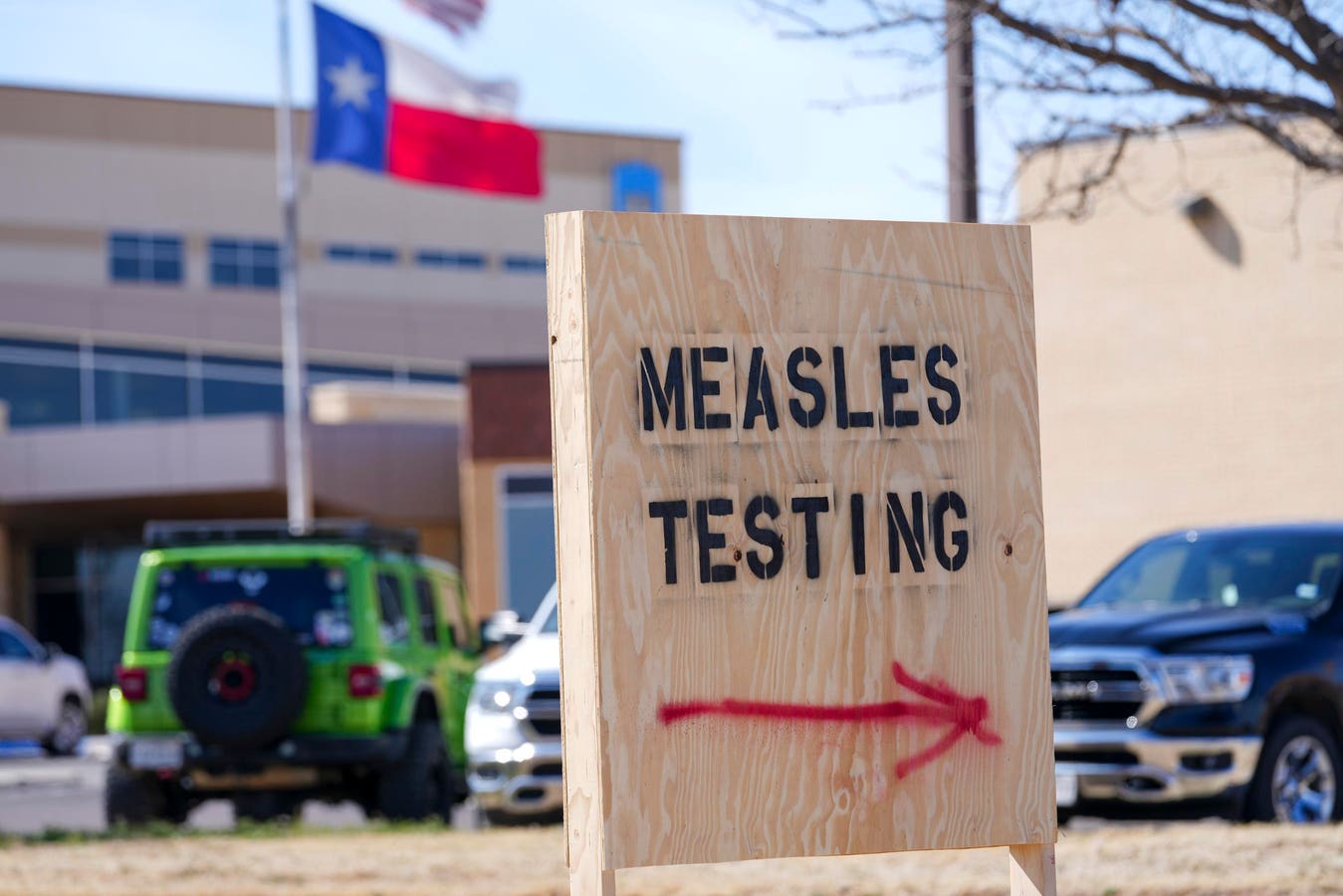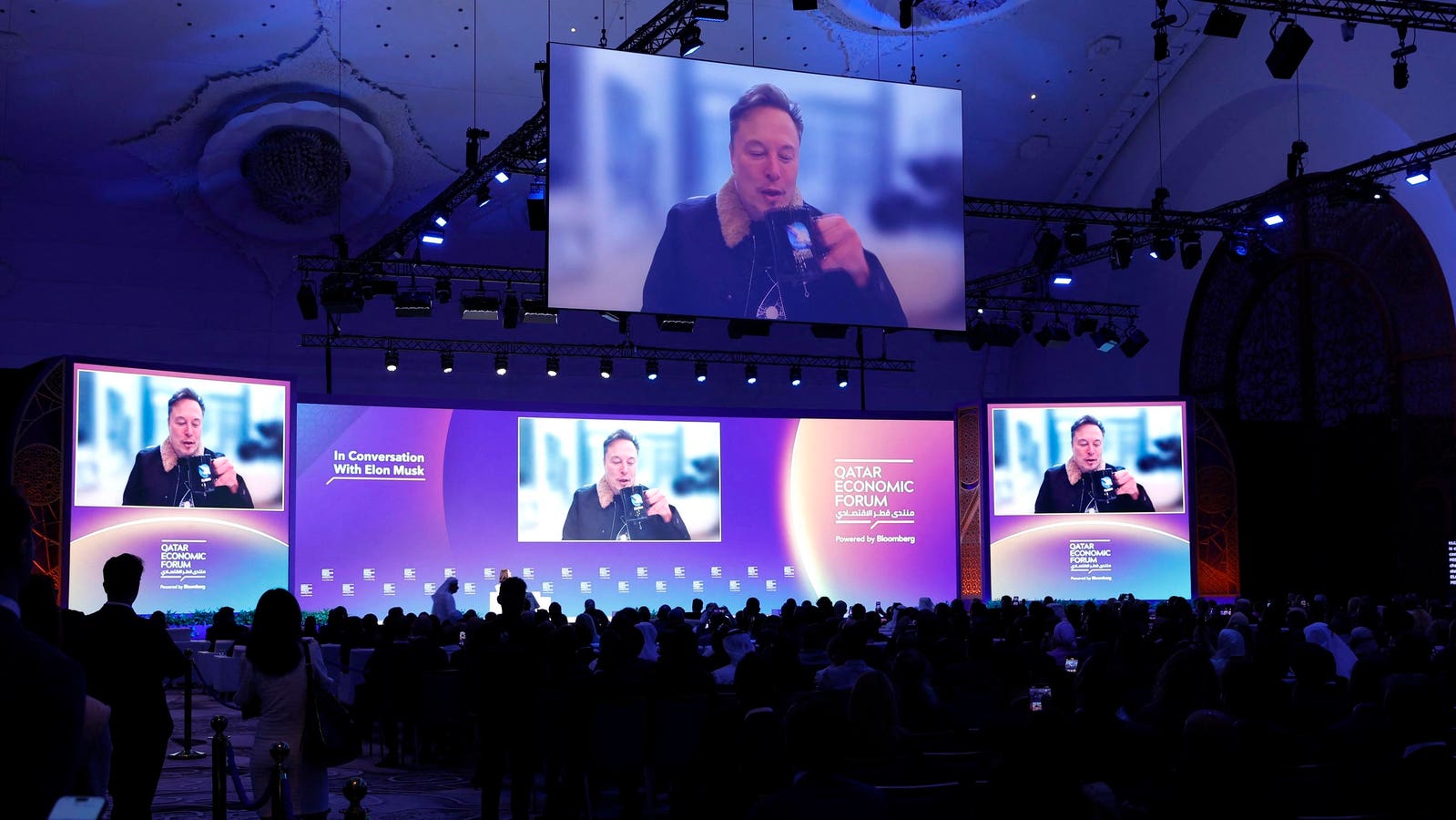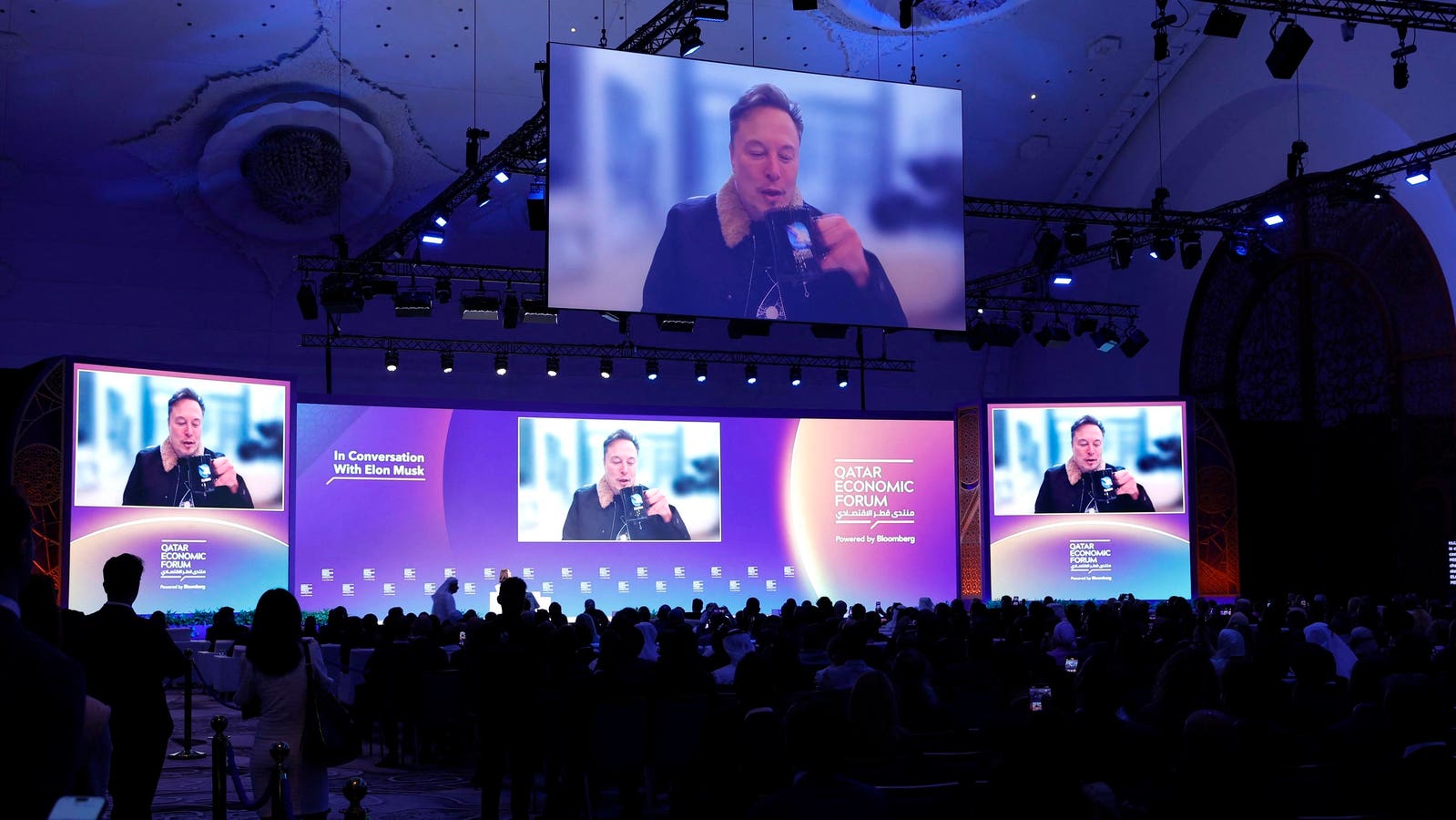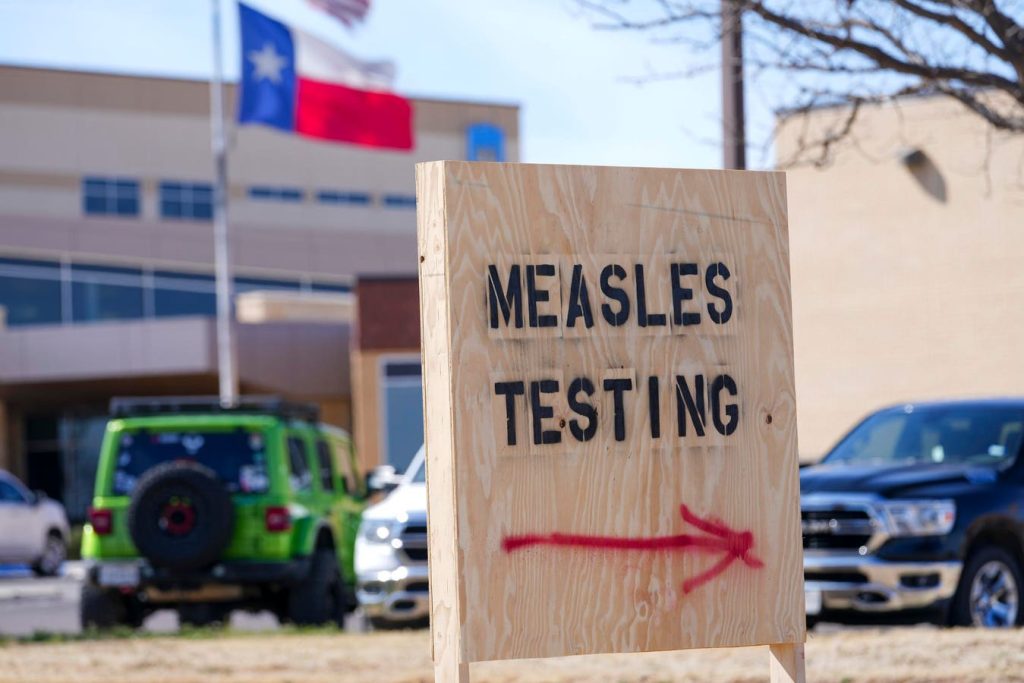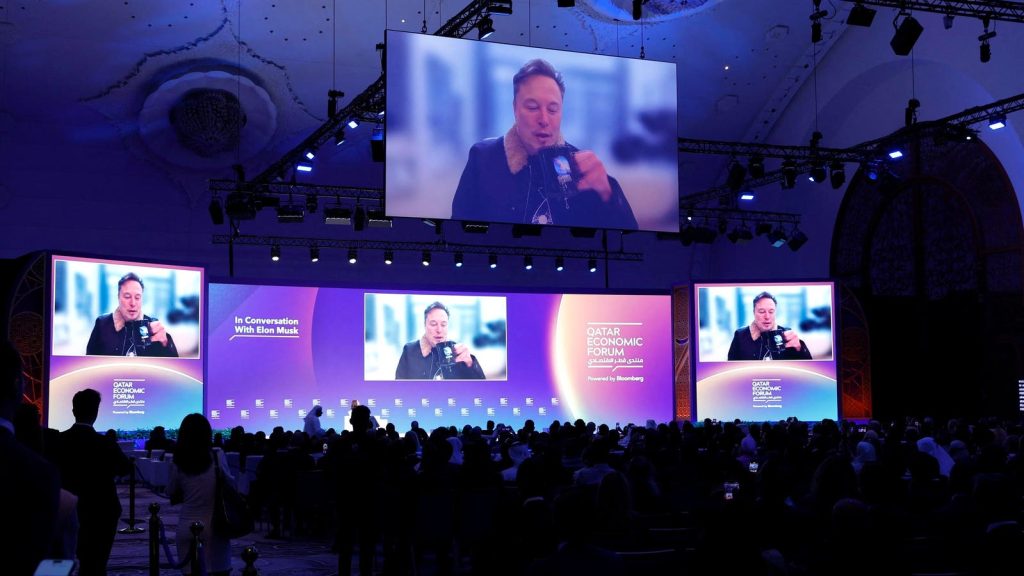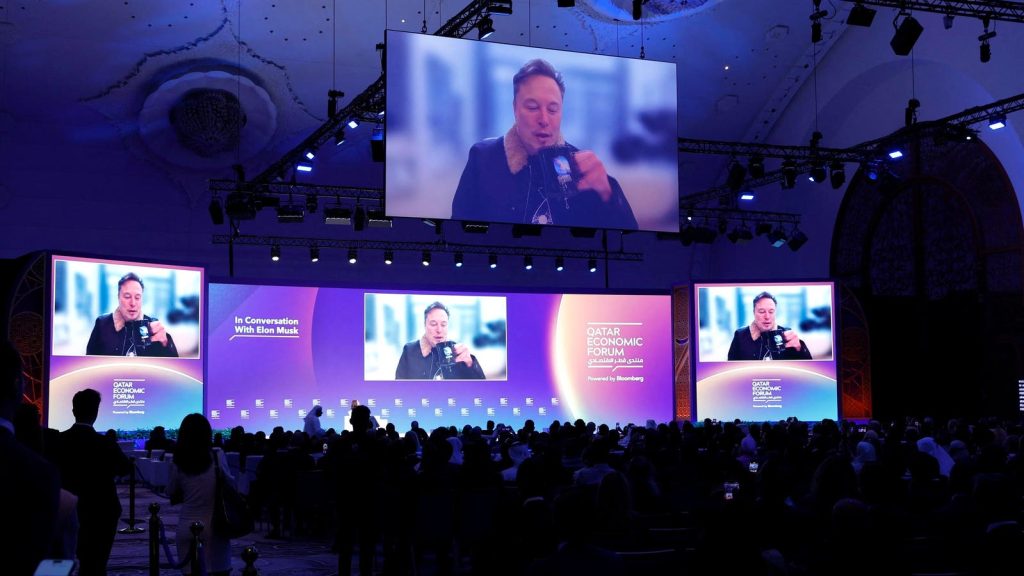Topline
Some states in the northern U.S. could have an opportunity to see the northern lights Tuesday, with potential geomagnetic storm conditions possibly making the phenomenon more visible, according to the National Oceanic and Atmospheric Administration.
Some geomagnetic storm conditions are possible through Wednesday, forecasters said.
Key Facts
The NOAA forecast auroral activity with a Kp index of three on a scale of nine for Tuesday night, suggesting the northern lights will be more active away from the poles and will be “quite pleasing to look at” in some areas.
No minor or greater geomagnetic storms are expected through Thursday, according to NOAA’s three-day forecast, though the agency noted some “active periods” are possible Tuesday and Wednesday because of the “influence” of a colder, less dense spot on the sun’s surface.
Calmer auroral activity is expected over the next two days, with a maximum Kp index of two forecast for Wednesday and Thursday.
Where Will The Northern Lights Be Visible?
A view line marking a minimal opportunity sweeps just below the Canadian border, with a higher likelihood of seeing the aurora borealis across Canada and Alaska. A lesser chance to see the phenomenon is expected in northeastern Washington, northern Idaho, Montana, North Dakota, northern Minnesota, northern Wisconsin and Upper Michigan. (See map below.)
Tuesday’s view line.
What’s The Best Way To See The Northern Lights?
The northern lights are best seen between 10 p.m. and 2 a.m. local time while at a high, north-facing vantage point away from light pollution, NOAA said.
What’s The Best Way To Photograph The Northern Lights?
Photography experts told National Geographic it’s best to use a wide-angle lens, an aperture or F-stop of four or less, a focus set to the furthest possible setting and a tripod to stabilize the image. With a smartphone, NOAA recommends turning on night mode and disabling flash.
Key Background
The northern lights will likely continue to be more visible to more people in the U.S. through early 2026 after a “solar maximum” was achieved last October, according to NASA and NOAA. This “solar maximum” features an increase in solar events like solar flares and coronal mass ejections, which help produce the northern lights displays. Electrons from these events interact with oxygen and nitrogen in the Earth’s atmosphere, causing them to become “excited” before they release the colorful aurora borealis. A “solar maximum” and a “solar minimum” are reached during the sun’s 11-year cycle.

